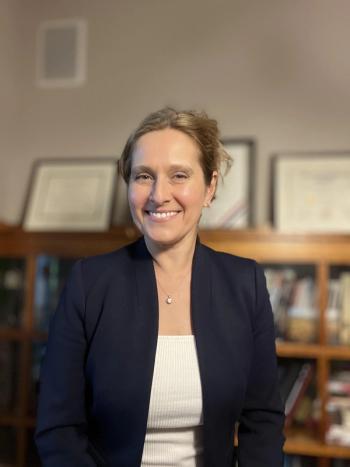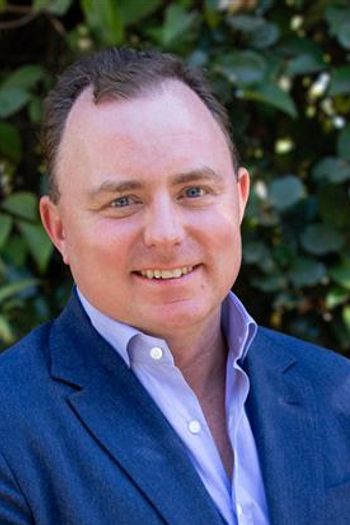
Where doctors aren’t: New study shows why primary care shortages persist
Key Takeaways
- Structural and geographic factors, not health needs, primarily determine primary care access in Virginia, affecting 44% of census tracts.
- Rural and segregated communities face significant access challenges, with rural areas consistently underserved compared to urban and suburban regions.
A new analysis shows that structural forces — not patient need — shape who gets primary care.
Nearly half of Virginia's neighborhoods lack adequate access to primary care. That's the conclusion of a new study published in the
Researchers found that 44% of census tracts in Virginia lacked adequate access to primary care physicians (PCPs), leaving about 3.8 million people with too few local options. But the study's implications stretch well beyond Virginia.
Rather than tying access to health needs or insurance coverage, the researchers found that structural and geographic factors — not population need — were the strongest predictors of whether a community had enough physicians. That distinction could reshape how workforce
"Primary care continues to be a critical element for ensuring community health and
A deeper look at structural access
The research team, led by Virginia Commonwealth University, used the 2019 Virginia
They also examined dozens of community-level factors: age, insurance coverage, disability rates, education levels, rurality and racial and economic segregation.
Their key finding? Structural forces mattered most. Rural and segregated communities — in different ways — faced the most limited access. And crucially, access wasn't correlated with health need.
For instance, areas with high rates of diabetes or disability didn't necessarily have fewer doctors. Instead, rural areas consistently had lower access, while majority-Black neighborhoods had greater access than majority-White ones.
The geography of segregation and care
Across much of the U.S., segregation often limits access to health care. But in Virginia, researchers found that neighborhoods with higher proportions of Black residents had significantly better access to primary care than those with more White residents.
That may reflect federally funded clinic locations, or the impact of programs like the National Health Service Corps, which places physicians in underserved communities.
It may also reflect who chooses to serve these areas. Previous
Still, the researchers caution against over-interpreting this finding. In sensitivity analyses, the association between segregation and improved access didn't always hold. Policy, not just demographics, is likely influencing these patterns.
Why rural areas keep falling behind
One result that didn't come as a surprise is that rural communities had the least access to primary care. On average, census tracts in rural areas had capacity for 725 fewer patients compared with suburban tracts.
That tracks with long-standing national trends. Most residency programs are located in urban or suburban areas, and physicians often stay where they train. Meanwhile, rural practices may pay less, offer fewer supports and require physicians to cover a broader range of services.
Although incentive programs exist, the study suggests they haven't been enough to shift the distribution.
Rethinking what "access" really means
The study also challenges how policymakers define and measure access. Health needs didn't reliably predict physician availability. Variables like diabetes prevalence, disability rates and even hospital proximity were not strongly linked to whether a neighborhood had a sufficient number of PCPs.
Only one clinical factor — local depression rates — was positively associated with access, and even that effect was small.
By contrast, rurality and regional geography showed clear and consistent associations. Some enabling factors like education level and marital status also had modest links to physician access.
Implications far beyond Virginia
Although this was a Virginia-based study, the findings speak to national trends. The U.S. faces a growing primary care shortage and the
Yet most current strategies to address the gap focus on community need — areas with poor health outcomes or high uninsurance rates. This study suggests that may not be enough.
If need doesn't predict access, then the way we identify
This study used a more nuanced approach — measuring real-world physician capacity, drive-time access and neighborhood-level characteristics — to paint a clearer picture of where gaps exist and why.
To close those gaps, researchers suggest rethinking how and where the primary care workforce grows. That could include:
- Expanding residency programs in rural communities
- Scaling loan repayment and service corps programs tied to structural disadvantage, not just clinical need
- Setting realistic patient panel sizes based on local disease burden and complexity
It could also mean reevaluating how funding is allocated for clinics,
For PCPs — especially those in independent practice or underserved settings — the study offers both validation and urgency. Access isn't just about how many physicians are in the pipeline; it's about how systems are built.
And systems, unlike patients, don't get sick by accident — they're built that way.
Newsletter
Stay informed and empowered with Medical Economics enewsletter, delivering expert insights, financial strategies, practice management tips and technology trends — tailored for today’s physicians.















